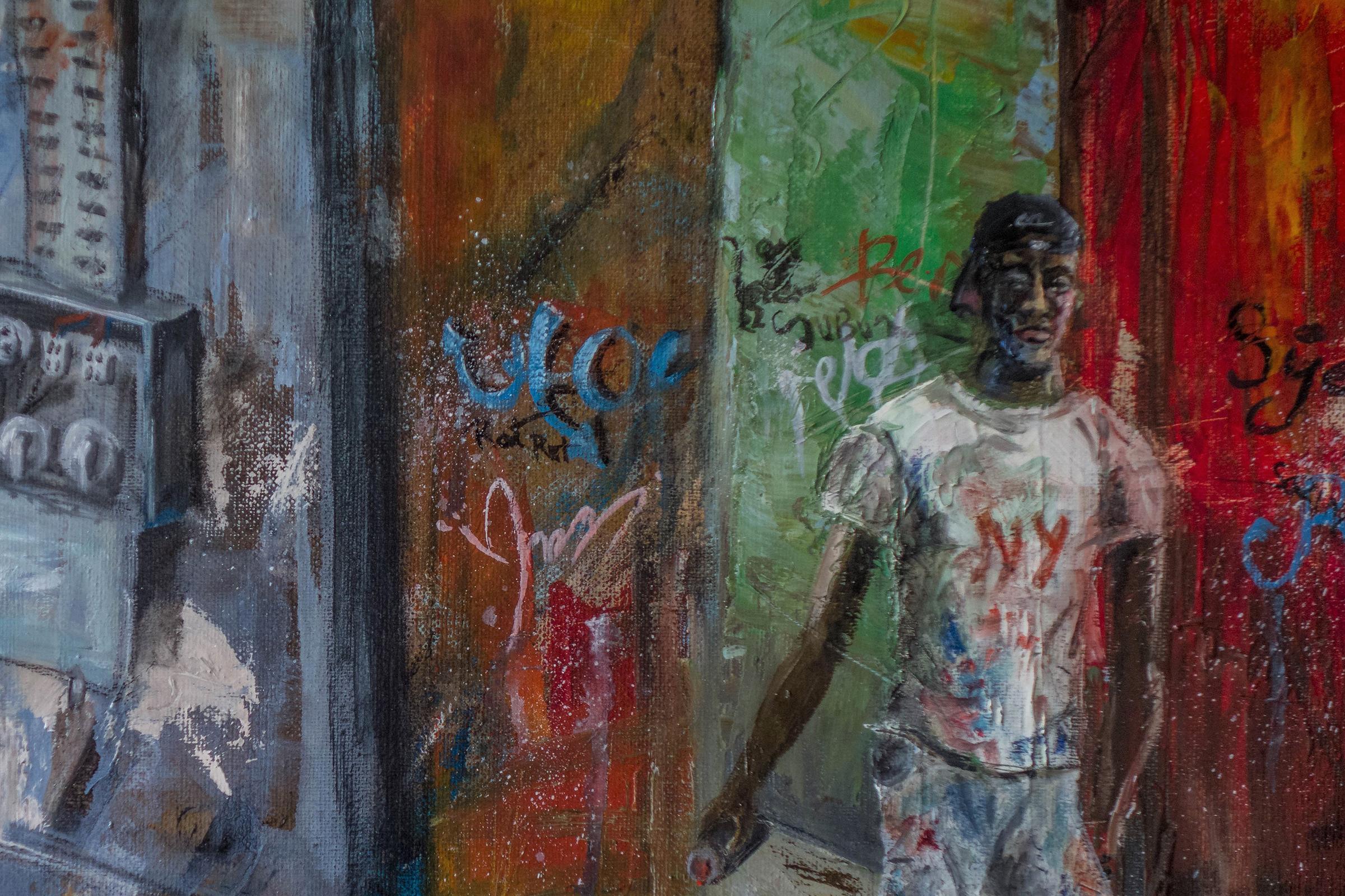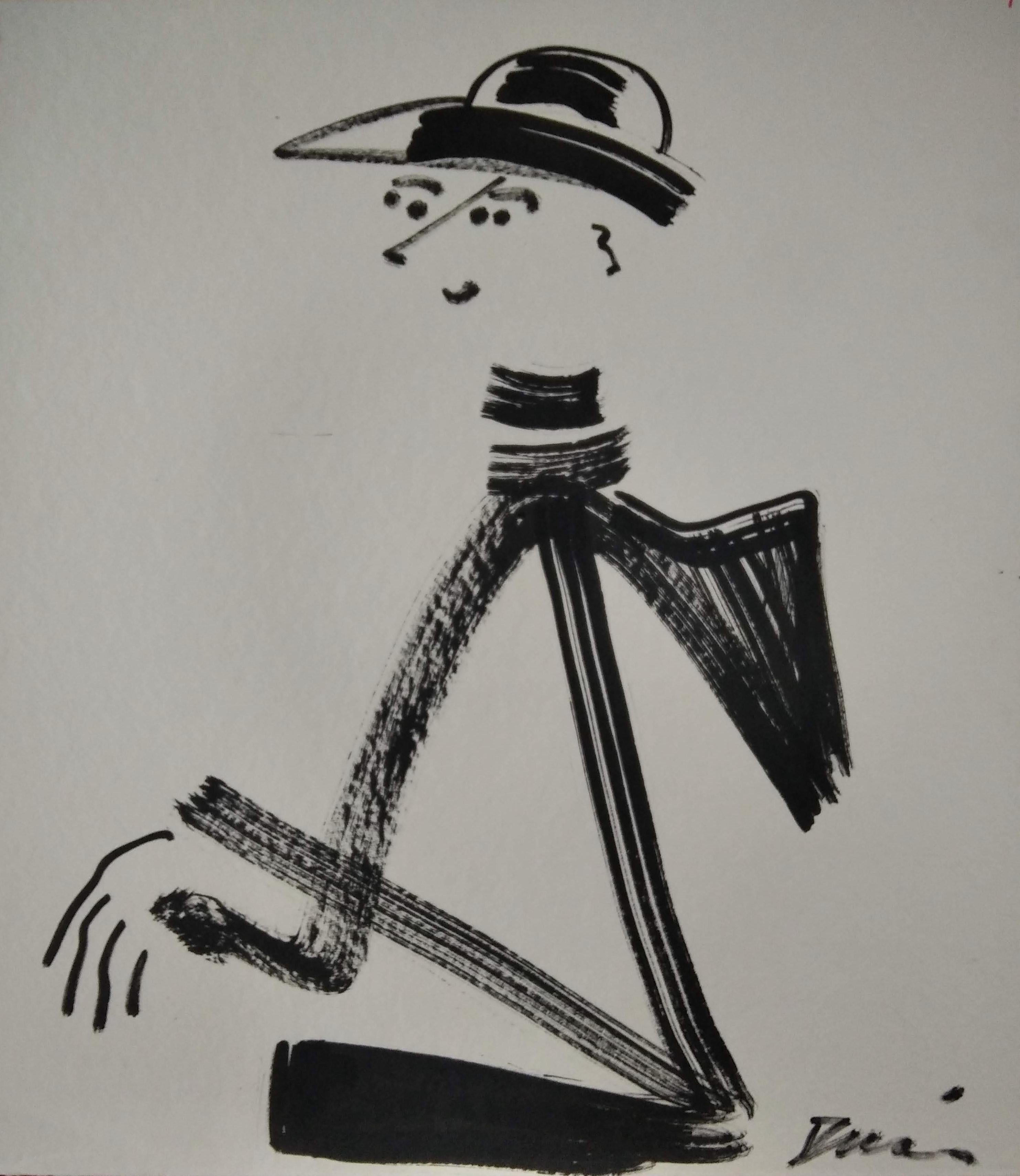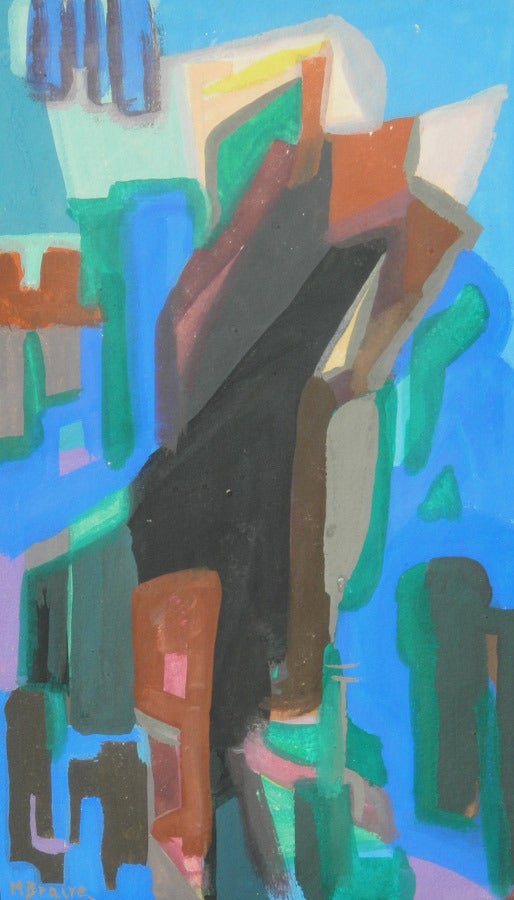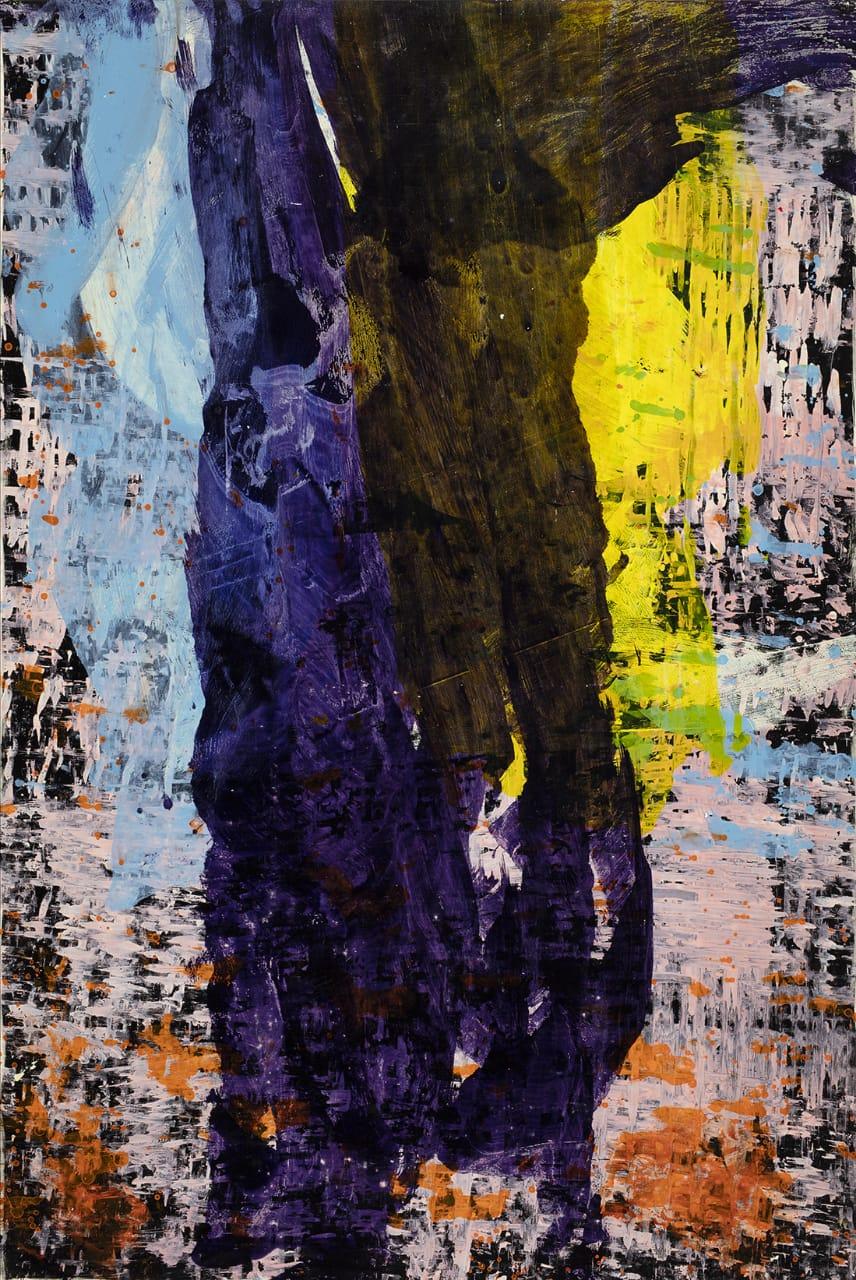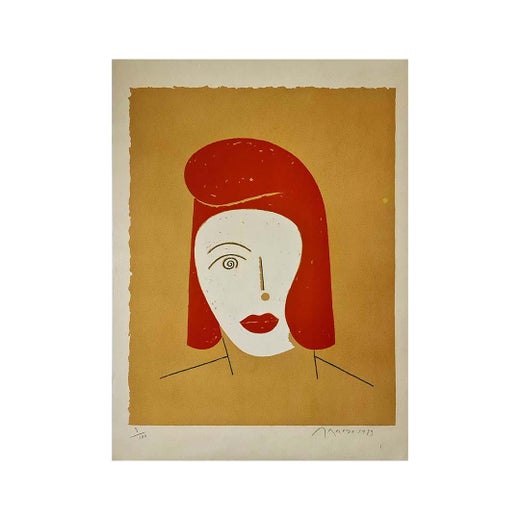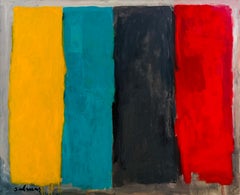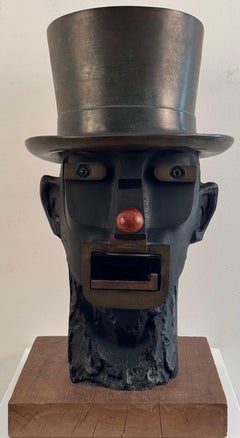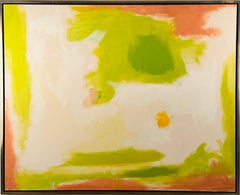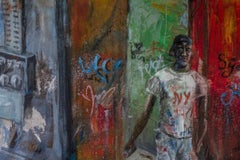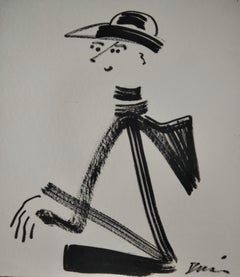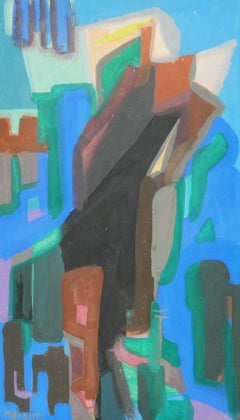Eduardo ArroyoToute la ville en parle1982
1982
About the Item
- Creator:Eduardo Arroyo (1937, Spanish)
- Creation Year:1982
- Dimensions:Height: 57.49 in (146 cm)Width: 9.85 in (25 cm)
- More Editions & Sizes:146 x 25 cm.Price: $16,742
- Medium:
- Period:
- Framing:Framing Options Available
- Condition:
- Gallery Location:Madrid, ES
- Reference Number:1stDibs: LU1281115043062
Eduardo Arroyo
Eduardo Arroyo was born in 1937 in Madrid, where he studied at the French high school, at the Instituto de Nuestra Señora de la Almudena, then at the School of Journalism. The young man was immediately attracted by the power of the image. Engaged artist and critic, he tended to demystify the art with a pictorial speech converting him into an inspiring personality of narrative figuration. Arroyo considered painting with the ability as a storyteller. In 1958, he was 20 years old, he marked his opposition to the Franco regime, he fled Spain and joined Paris, where he lived until 1982. Arroyo returned to his native land only 15 years later, his obsession with exile and a history of conflicts have fueled his art, both controversial and suffused with irony and lyricism. The style of Arroyo is intentionally neutral and easily readable. From the 70s, Arroyo used painting techniques and ever more diverse subjects, creating puzzles, juxtapositions, building a universe and an imaginary specific to him. He is also a scenic designer for theatre and a writer. He died in his hometown of Madrid in October 2018, when he was 81 years old.
- ShippingRetrieving quote...Shipping from: Madrid, Spain
- Return Policy
More From This Seller
View All2010s Abstract Abstract Paintings
Canvas, Oil
1930s Cubist Interior Paintings
Canvas, Oil
1980s Cubist Figurative Sculptures
Bronze
1990s Abstract Expressionist Abstract Paintings
Canvas, Oil
1960s Post-Impressionist Figurative Paintings
Canvas, Oil
1990s Abstract Expressionist Abstract Paintings
Canvas, Oil
You May Also Like
2010s Figurative Paintings
Oil
2010s Modern Figurative Paintings
Paper, Ink
Late 20th Century Abstract Figurative Paintings
Canvas, Oil
1940s Abstract Paintings
2010s Abstract Abstract Paintings
Mixed Media
21st Century and Contemporary Modern Landscape Paintings
Mixed Media
